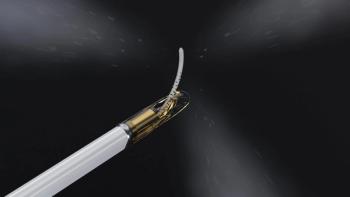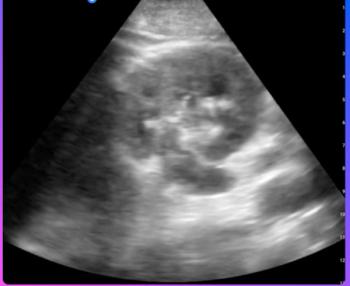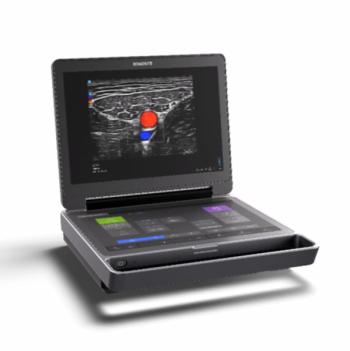
Ultrasound predicts shock in trauma patients
Ultrasound measurements of the inferior vena cava can predict shock in trauma patients entering the emergency room. While ultrasound is already used to identify sources of internal bleeding, researchers recommend adding measurement of the inferior vena cava to the standard focused assessment with sonography for trauma (FAST). This measurement can provide valuable information about how low blood volume has dropped, the key factor in hypovolemic shock.
Ultrasound measurements of the inferior vena cava can predict shock in trauma patients entering the emergency room. While ultrasound is already used to identify sources of internal bleeding, researchers recommend adding measurement of the inferior vena cava to the standard focused assessment with sonography for trauma (FAST). This measurement can provide valuable information about how low blood volume has dropped, the key factor in hypovolemic shock.
Dr. Sepideh Sefidbakht and colleagues in the radiology department at Shiraz University of Medical Sciences in Iran used bedside ultrasound to assess the diameter of the inferior vena cava in 88 trauma patients. This measurement is usually taken with CT, but the researchers were looking for ways to predict shock with a convenient, easily available imaging method.
The patients were divided into two groups. The first group, consisting of 11 patients, were those with hypovolemic shock. The other 77 trauma patients with normal blood pressure served as a control group.
All the patients underwent the same ultrasound examinations, and results were compared and correlated with their state of shock. The maximum diameter of the anteposterior vena cava was measured in both inspiration and expiration by M-mode in the subxyphoid area. The difference in this measurement was considered the collapsibility of the inferior vena cava, expressed as a percentage.
The trauma patients with shock showed collapsibility of 27%, compared with 20% for the controls. The average of both diameters was significantly smaller among the patients with shock, 5.6 mm at inspiration and 4 mm at expiration, compared with 11.9 mm and 9.6 mm, respectively , for the control group.
The maximum diameter of the inferior vena cava among the shock group was found in a 30-year-old male patient with a measurement at inspiration of 7 mm and at expiration of 5.3 mm. Correlation analysis showed a negative correlation between the diameter of the inferior vena cava and the presence of shock.
The researchers concluded that the measurement of the inferior vena cava would be an important addition to the ultrasound exams of trauma patients and could be added to the standard FAST exam with a minimal increase in time.
Newsletter
Stay at the forefront of radiology with the Diagnostic Imaging newsletter, delivering the latest news, clinical insights, and imaging advancements for today’s radiologists.




























